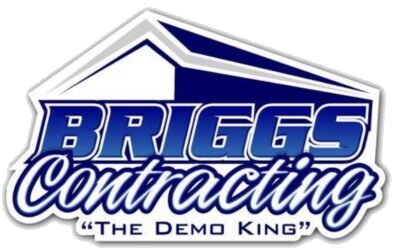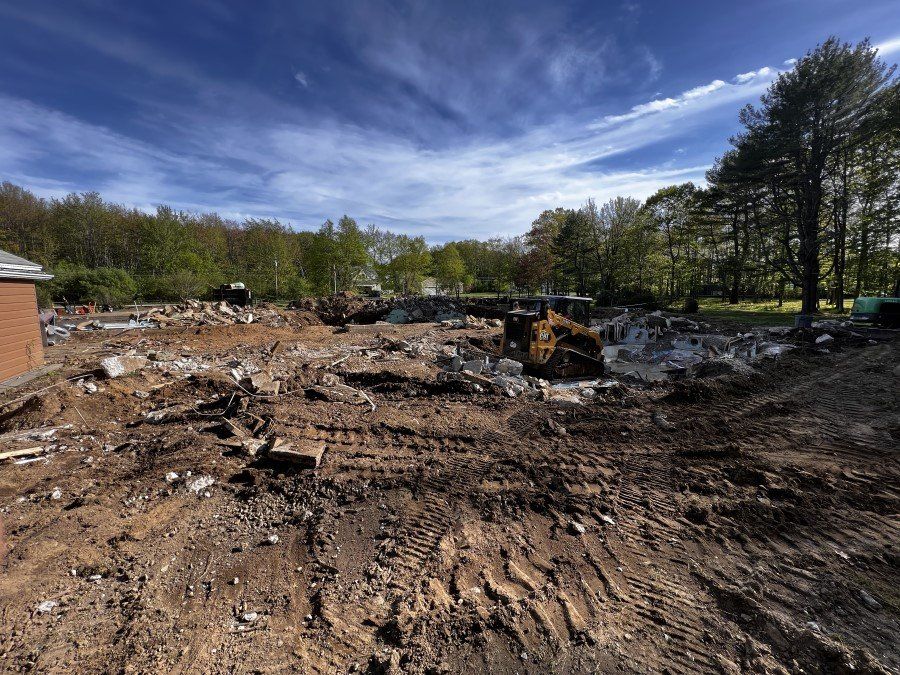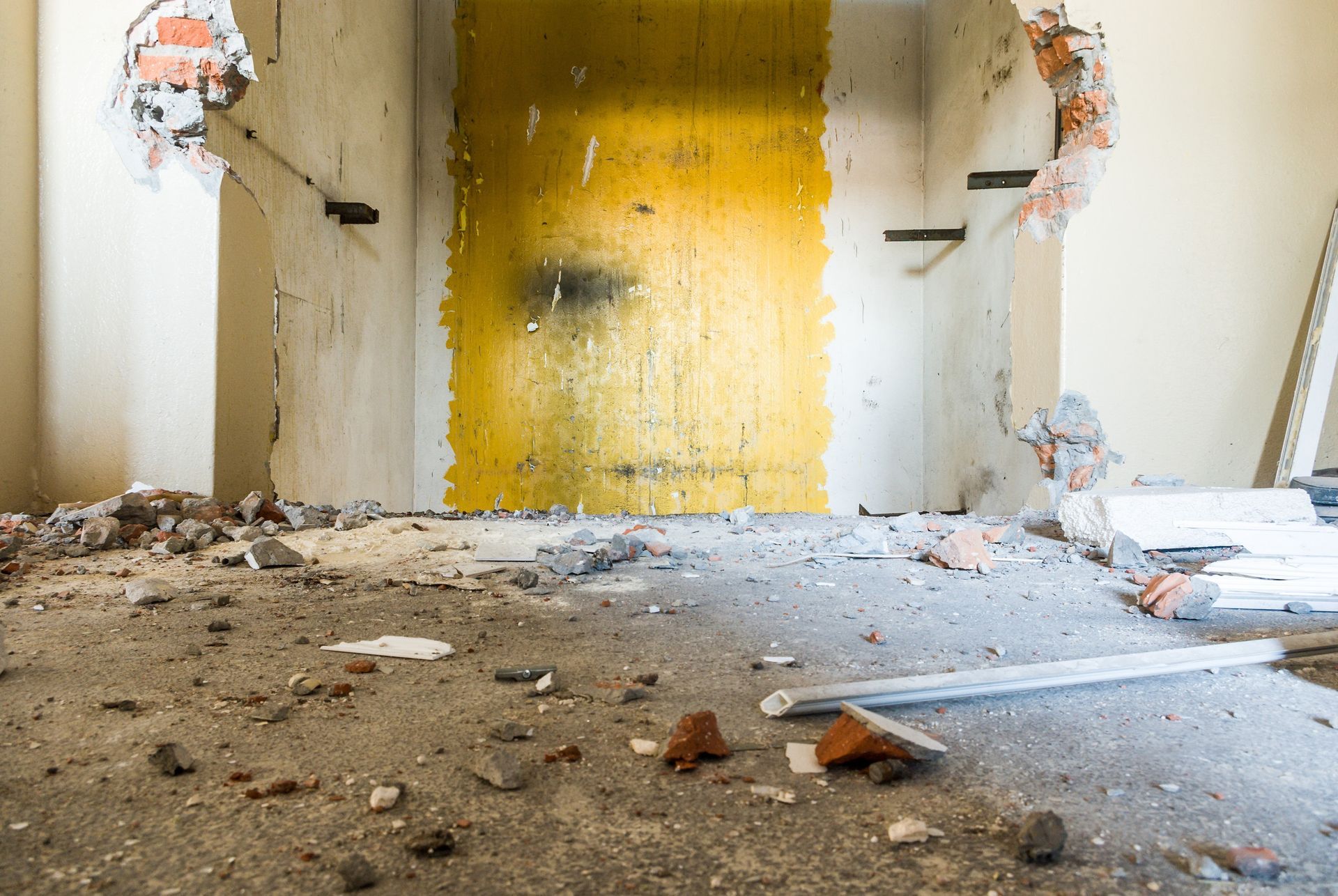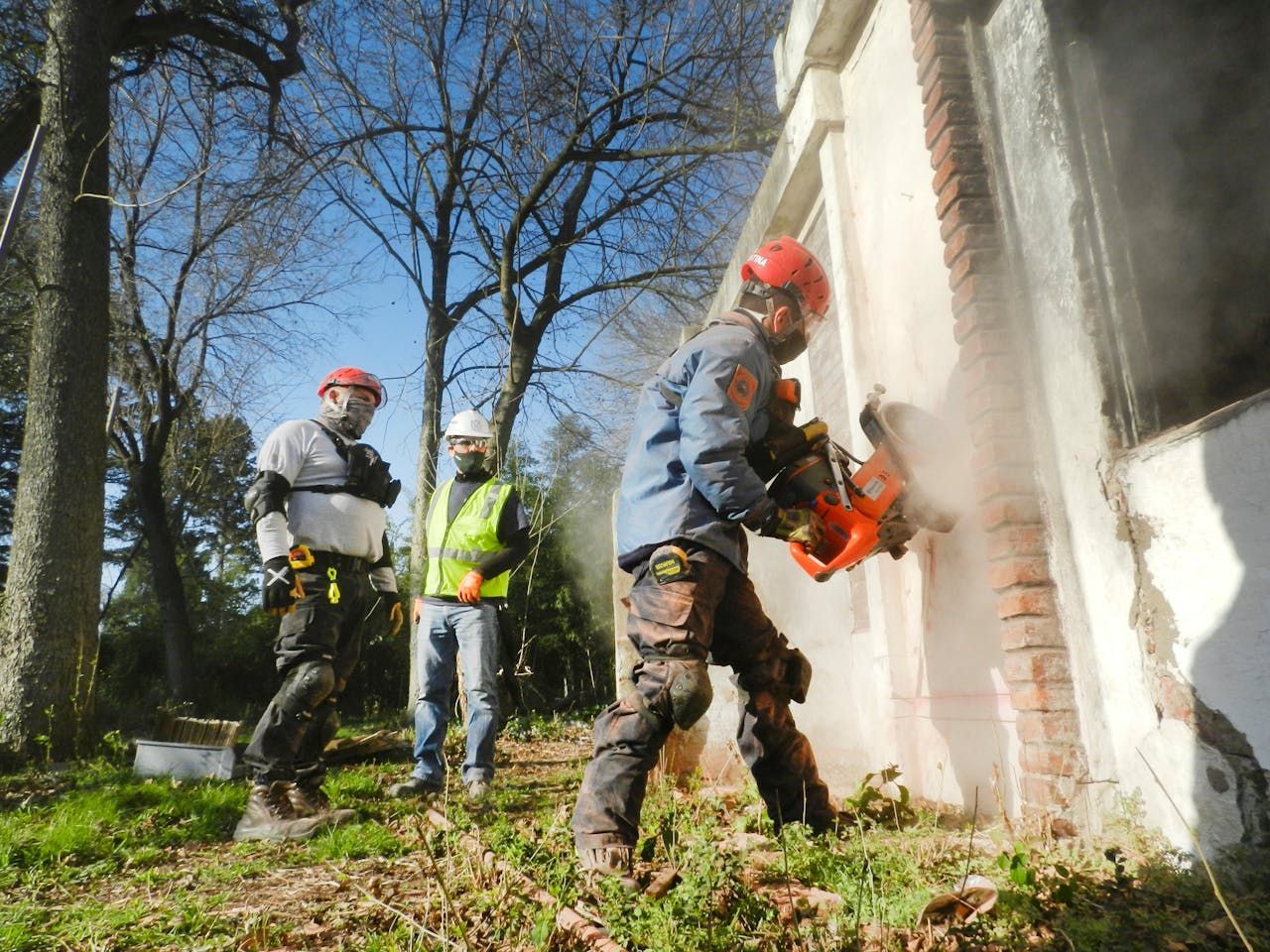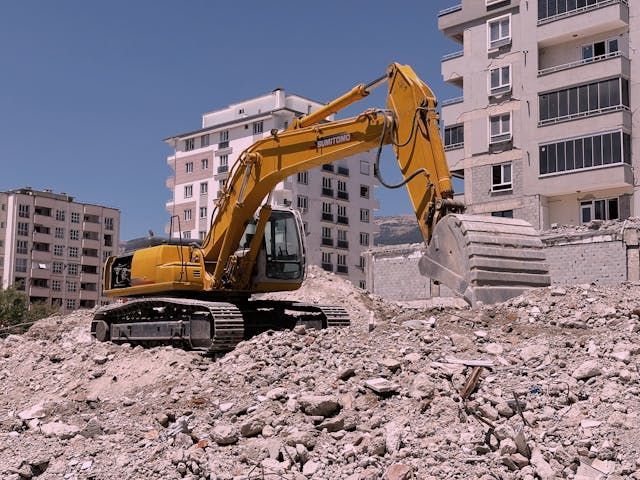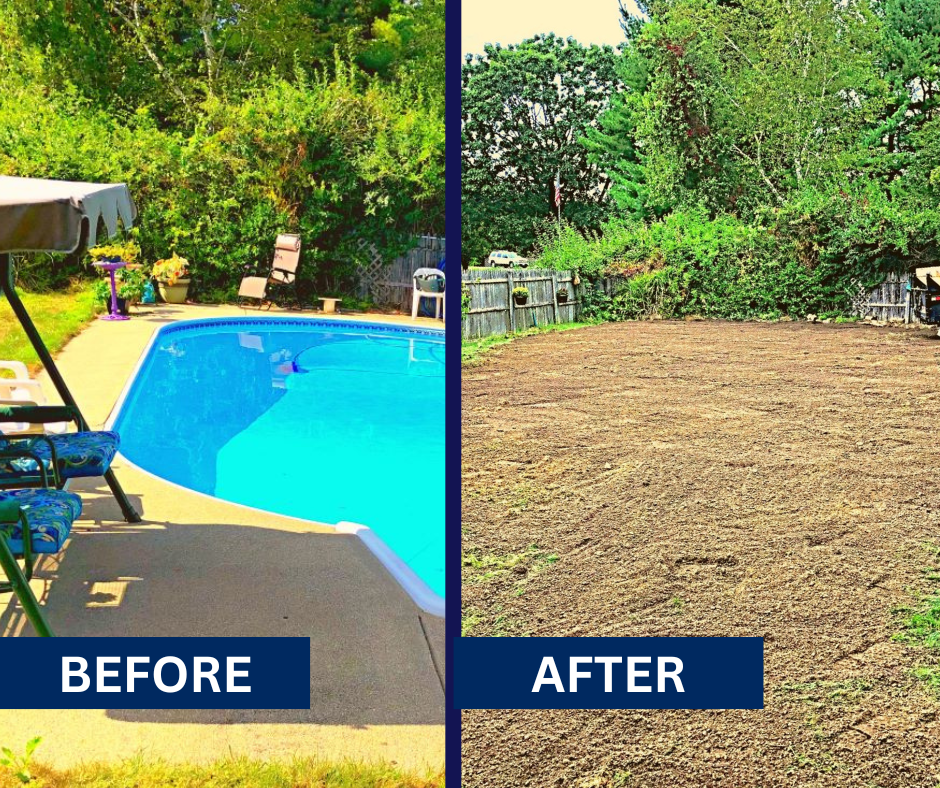Why Concrete Removal Should Be Left to the Experts
At first glance, breaking up and hauling away concrete might seem straightforward. A few swings of a sledgehammer, some heavy lifting, and the job is done, right?
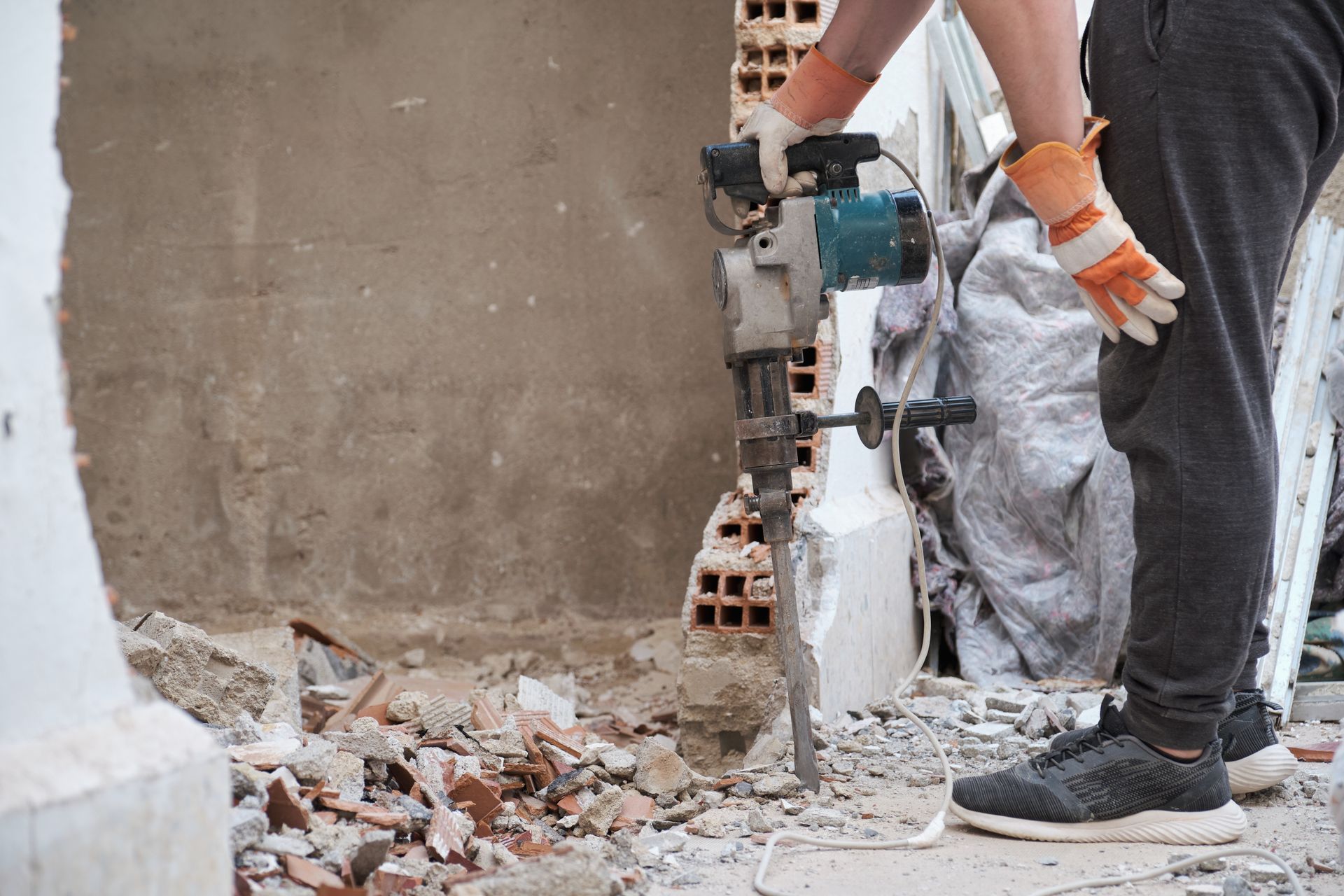
In reality, concrete removal is far more complex than it appears. Beneath that solid surface lies a network of challenges that require skill, experience, and specialized tools.
Safety Risks That Can't Be Ignored
Concrete is incredibly tough, and breaking it apart generates flying debris, dust, and sharp fragments. Without the right protective gear, injuries can happen in an instant. Eye injuries, deep cuts, and even broken bones are real possibilities when dealing with heavy materials. Beyond personal safety, there’s also the risk of structural damage. Removing a section of concrete without understanding its role in the surrounding environment can compromise foundations, sidewalks, and even plumbing lines beneath the surface. Professionals know how to assess these risks and execute the job safely.
The Right Equipment for the Job
Sledgehammers and pry bars may work for small DIY tasks, but they fall short when dealing with large slabs or reinforced concrete. Professional crews use jackhammers, concrete saws, and hydraulic breakers designed to cut through concrete efficiently. These tools not only speed up the process but also minimize disruption to nearby structures. Attempting to rent and operate such equipment without experience can lead to mistakes that cause further damage and increase the project's overall cost.
Proper Disposal and Environmental Considerations
Concrete is heavy, and transporting it requires vehicles built to handle the load. Simply tossing broken chunks into regular trash pickup isn’t an option, as most municipalities have strict disposal regulations. Professionals have access to recycling centers and disposal sites that handle concrete responsibly. In many cases, old concrete can be repurposed for new construction projects, reducing waste and benefiting the environment.
Saving Time and Money in the Long Run
One of the biggest misconceptions about concrete removal is that doing it yourself will save money. While avoiding labor costs might seem like a win, the reality is that DIY attempts often lead to added expenses. Equipment rentals, disposal fees, and potential damage repairs can quickly add up. Professionals complete the job efficiently, preventing unnecessary delays and unexpected costs. Their experience allows them to anticipate challenges before they become expensive problems.
Avoiding Unexpected Surprises
Concrete is often poured over electrical conduits, plumbing lines, and rebar reinforcements. Digging into these hidden elements without proper knowledge can lead to major complications. Damaged pipes can result in flooding, and cutting into electrical lines can create fire hazards. Professional teams assess the area beforehand, identifying any potential obstacles and planning the safest way to remove the concrete without causing harm.
A Stress-Free Solution
Taking on a concrete removal project without the right skills or equipment can quickly turn into a frustrating experience. The physical demands alone make it a challenging task, and unexpected problems only add to the stress. Hiring experts eliminates the guesswork, allowing the job to be completed smoothly and efficiently. From safety considerations to final cleanup, a professional crew handles every step, leaving the site ready for whatever comes next.
The Smarter Choice
Concrete removal is about precision, safety, and efficiency. Professionals bring the right tools, training, and experience to tackle even the toughest jobs. Rather than risking injuries, damage, or unexpected costs, leaving the task to those who specialize in it is always the best approach. With experts on the job, the process is faster, safer, and far less stressful.
Old, cracked concrete doesn’t have to slow down your plans. Professional removal clears the way for new possibilities. At Briggs Contracting, we handle the job safely and efficiently. Call (207) 939-7807 today!
